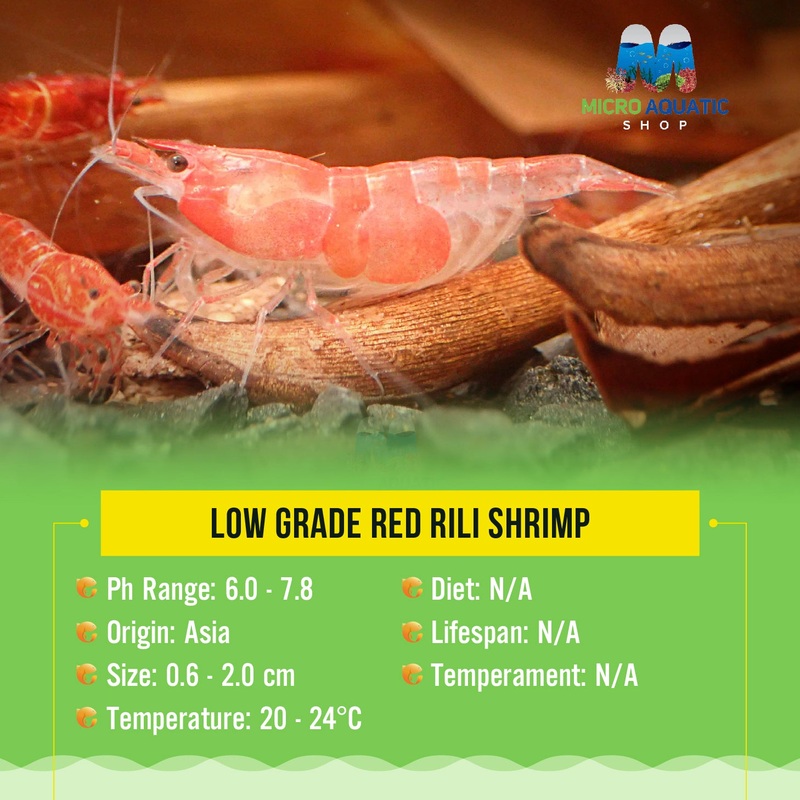 Sale!
Sale! Low Grade Red Rili Shrimp
- $3.99
- $3.19
Low Grade Red Rili Shrimp - Vibrant Freshwater Shrimp for AquariumsIn Australia, we love the beauty of low grade Red Rili Shrimp. These colourful freshwater shrimp add excitement to our aquariums. They are a hit among us, thanks to their bright colours and
- 100% Happiness Backed or Your Money Back
- Free Delivery on 30+ Orders
- 60-Day Hassle-Free Returns
Low Grade Red Rili Shrimp – Vibrant Freshwater Shrimp for Aquariums
In Australia, we love the beauty of low grade Red Rili Shrimp. These colourful freshwater shrimp add excitement to our aquariums. They are a hit among us, thanks to their bright colours and interesting ways of moving.These shrimp started as a special version of the Red Cherry Shrimp. But they’ve quickly won over many aquarium fans in Australia. Their vibrant look and lively behaviour make them a favourite.
Key Takeaways
-
Low grade Red Rili Shrimp are a vibrant freshwater shrimp species suitable for aquarium settings
-
They are a variation of the popular Red Cherry Shrimp, known for their captivating colour patterns
-
These shrimp have become a popular choice among Australian aquarium enthusiasts
-
Their small size, peaceful nature, and fascinating behaviours make them an excellent addition to a community tank
-
With the right tank setup and care, low grade Red Rili Shrimp can thrive and breed successfully in the home aquarium
Understanding Low Grade Red Rili Shrimp Characteristics
The low grade Neocaridina heteropoda, also known as Red Cherry Shrimp or Caridina Rili Shrimp, are stunning. They have unique physical features and behaviors. These traits make them a favorite among aquarium lovers in Australia.
Physical Appearance and Coloration Patterns
These shrimp have striking red and clear patterns. Their bodies are mostly clear with bright red spots. The red can range from light pink to deep red, depending on the shrimp and its environment.
Size and Growth Development
Adult low grade Red Rili Shrimp are usually 2-3 centimeters long. Their size changes with age, diet, and aquarium conditions. Younger shrimp are smaller, while older ones are larger.
Behavioural Traits in Aquarium Settings
In an aquarium, these shrimp are active and social. They like to graze, explore, and interact with others. They’re also very adaptable, making them great for any freshwater tank.
| Characteristic | Description |
| Coloration | Translucent base with vibrant red markings, ranging from pale pink to deep crimson |
| Size | Average adult size of 2-3 centimeters, influenced by age and environmental factors |
| Behaviour | Active, social, and adaptable to various aquarium conditions |
Optimal Tank Setup and Water Parameters
Setting up the perfect aquarium for our beloved freshwater shrimp is key. These delightful dwarf shrimp need specific conditions for their health and happiness. They thrive in certain tank setups and water parameters.Start with a tank of at least 10 gallons (40 litres). This gives your shrimp plenty of room to swim. Keep the water temperature between 20-26C (68-79F). This tropical range is ideal for them.For water parameters, aim for a slightly acidic pH of 6.0 to 7.0. The water should also be soft, with a general hardness (GH) of 4-8 and a carbonate hardness (KH) of 2-6. These conditions help keep your shrimp healthy and their colours bright.
| Parameter | Ideal Range |
| Tank Size | 10 gallons (40 litres) or more |
| Water Temperature | 20-26C (68-79F) |
| pH | 6.0 – 7.0 |
| General Hardness (GH) | 4 – 8 |
| Carbonate Hardness (KH) | 2 – 6 |
A strong filtration system is crucial for clean, oxygen-rich water. Use a mix of mechanical, biological, and chemical filters. This keeps the water perfect for your shrimp. By setting up your tank and water conditions right, you’ll create a great home for your Low Grade Red Rili Shrimp. They’ll thrive and show off their beautiful colours in your aquarium.
Diet and Feeding Requirements
It’s vital to give our aquarium pets the right food for their health. This is especially true for freshwater shrimp like the Low Grade Red Rili. Knowing what they need helps us feed them the best.
Natural Food Sources
In the wild, these dwarf shrimp eat a variety of foods. They munch on algae, decaying plants, and tiny creatures like infusoria and diatoms. We need to offer them a similar mix in our tanks to keep them healthy and colourful.
Supplementary Feeding Options
Our tanks might not always have all the natural foods they need. So, we can add special shrimp foods to their diet. Options include algae wafers, sinking pellets, and frozen or freeze-dried treats like brine shrimp and bloodworms.
Feeding Schedule and Portions
-
Feed your Low Grade Red Rili Shrimp a little bit of food several times a day, not all at once.
-
Change how much you feed based on how many shrimp you have and what’s already in the tank.
-
Don’t overfeed, as too much food can harm the water quality and your shrimp’s health.
By sticking to these feeding tips, we can make sure our Low Grade Red Rili Shrimp get the nutrients they need. This will help them stay healthy and show off their bright colours in our tanks.
Creating the Perfect Habitat for Red Rili Shrimp
Creating the perfect home for your red rili shrimp is key to their happiness and health. We’ve put together a guide to help you make a great environment for these freshwater shrimp. This way, they can be the stars of your aquarium. The right substrate is the first step. Use soft sand or small gravel to mimic their natural home. Adding dried leaves and twigs makes the space more natural and gives them places to hide. Choosing the right plants is also important. Red rili shrimp love a lush, planted tank. Plants like Java moss, Anubias, and Cryptocoryne look great and offer hiding spots. Make sure to pick a variety of plants to meet their needs.
| Substrate | Plants | Dcor |
| Fine sand or small gravel | Java moss, Anubias, Cryptocoryne | Dried leaves, twigs, rocks |
By choosing the right substrate, plants, and decorations, you can make a great home for your Red Rili Shrimp. With the right setup, they will thrive and add beauty to your aquarium.
Breeding and Reproduction Guidelines
Breeding neocaridina heteropoda or the low grade Rili Shrimp is exciting for aquarium fans. Knowing the best conditions for breeding and caring for young shrimplets is key. This helps these colourful crustaceans do well in our aquariums.
Breeding Conditions
To get shrimp breeding right, we must copy their natural home. Keep the water temperature steady at 22-26C. The pH should be 6.5-7.5, and water hardness should be moderate (GH 6-12). Make sure there are plenty of hiding spots and plants for them to eat and hide.
Caring for Shrimplets
-
After the female Rili Shrimp lays her eggs, the tiny shrimplets will hatch in 2-3 weeks.
-
Feed them a diet rich in nutrients, like powdered algae, crushed shrimp pellets, and chopped veggies.
-
Change the water often to keep it clean, as the shrimplets are very sensitive.
-
Don’t overcrowd the tank, as it can cause stress and slow their growth.
Population Management
Watch the rili shrimp grading and population size closely. Remove any shrimp that don’t fit your desired colour or pattern. This keeps the colony healthy and vibrant.
| Parameter | Optimal Range |
| Temperature | 22-26C |
| pH | 6.5-7.5 |
| General Hardness (GH) | 6-12 |
By following these shrimp breeding tips, we can make our aquariums the perfect place for our low grade Red Rili Shrimp to breed and thrive.
Common Health Issues and Prevention
We love taking care of our dwarf shrimp and keeping them healthy. Low grade Red Rili Shrimp face some health problems we need to watch out for. Let’s talk about these issues and how to prevent them to keep our shrimp happy and healthy.
Bacterial and Fungal Infections
Bacterial and fungal infections are big worries for caridina shrimp. They can show up as white spots, color changes, or if the shrimp seem tired. Keeping the water clean and using good filters is key to stopping these infections.
Molting Difficulties
Shrimp can have trouble molting, which can be serious. Making sure the water is just right helps them molt smoothly. This means checking the pH, temperature, and calcium levels.
Parasitic Infestations
Parasites like planaria or hydra can harm our shrimp. Watching the tank closely and acting fast if you see any problems is important. This helps prevent and treat infestations.
| Health Issue | Symptoms | Preventive Measures |
| Bacterial and Fungal Infections | White spots, discoloration, lethargy | Maintain pristine water quality, regular water changes, efficient filtration |
| Molting Difficulties | Incomplete molts, mortality | Ensure optimal water parameters, such as pH, temperature, and calcium levels |
| Parasitic Infestations | Abnormal behaviour, physical symptoms | Closely monitor the aquarium, address any signs of parasitic infestations promptly |
By being careful, keeping the tank healthy, and fixing problems fast, we can make sure our shrimp live long, happy lives. Remember, stopping problems before they start is the best way to keep our shrimp healthy.
Compatible Tank Mates and Community Setup
Creating a peaceful aquarium for your freshwater shrimp is key. You need to pick tank mates that won’t harm your Neocaridina Heteropoda. Luckily, many fish and invertebrates can live well with your shrimp.
Recommended Fish Species
Here are some top fish friends for Low Grade Red Rili Shrimp:
-
Corydoras Catfish
-
Otocinclus Catfish
-
Ember Tetras
-
Chili Rasboras
-
Dwarf Gourami These fish are small and calm. They won’t bother your shrimp or act aggressively.
Plants and Other Invertebrates
Adding plants and other invertebrates can make your shrimp community better. Good choices include:
-
Aquarium plants like Java Moss, Anubias, and Cryptocoryne
-
Nerite Snails
-
Malaysian Trumpet Snails
-
Planaria (in moderation) These add hiding spots and breeding areas for your shrimp. They also make your tank look natural and beautiful.
Conclusion
The low grade Red Rili Shrimp is a stunning addition to any aquarium. They have a striking look, fun behaviours, and easy care. This makes them perfect for both new and seasoned aquarists. Looking to start a shrimp-focused tank or add them to your current one? The low grade Red Rili Shrimp will catch your eye. They bring natural beauty to your underwater world. With the right care, they’ll flourish and make your tank healthier and more vibrant. Want to add low grade Red Rili Shrimp to your tank? Check out Micro Aquatic Shop’s wide selection. Our team of experts is ready to help you find the right shrimp for your tank. Contact us to learn more about these amazing freshwater shrimp and how they can beautify your aquarium.
FAQ
What are Low Grade Red Rili Shrimp?
Low Grade Red Rili Shrimp are a vibrant version of the Red Cherry Shrimp. They have striking red and clear patterns. These shrimp are popular in Australia for their beauty and fit well in aquariums.
What are the physical characteristics of Low Grade Red Rili Shrimp?
These shrimp have a red and clear pattern, with a clear body and bright red patches. They grow to 2-3 centimetres long. They like to graze on algae and play with plants in their home.
What water parameters are ideal for keeping Low Grade Red Rili Shrimp?
For their health, keep the water at 20-26C and pH 6.5-8.0. The water should be moderately hard. Good filtration and regular water changes are key for their habitat.
What should Low Grade Red Rili Shrimp be fed?
They eat algae, biofilm, and decaying plants naturally. Add high-quality shrimp foods like sinking pellets for a balanced diet.
How can I create the perfect habitat for Low Grade Red Rili Shrimp?
Use fine gravel or sand for them to burrow. Add live plants and hiding spots like rocks or driftwood. This makes them feel safe and happy.
What are the guidelines for breeding Low Grade Red Rili Shrimp?
Keep the water stable at 22-26C and pH 6.5-7.5. Offer algae and biofilm for breeding. Care for the young by feeding them right and keeping them safe.
What common health issues might affect Low Grade Red Rili Shrimp?
They can get bacterial infections, parasites, and water quality issues. Keep the water right, clean, and stable. Watch their health and act fast if needed.
What tank mates are suitable for Low Grade Red Rili Shrimp?
Choose peaceful fish like Tetras or Corydoras Catfish. Add live plants and hiding spots. This creates a good home for the shrimp and other fish.
-
Cost:
$25
Free Shipping:
We offer free shipping on orders over $30. Please check the free - shipping eligibility at checkout.
Delivery Time:
It usually takes [3-5] business days for standard shipping. Please note that this is an estimated time frame and may be affected by local holidays, and unforeseen circumstances.


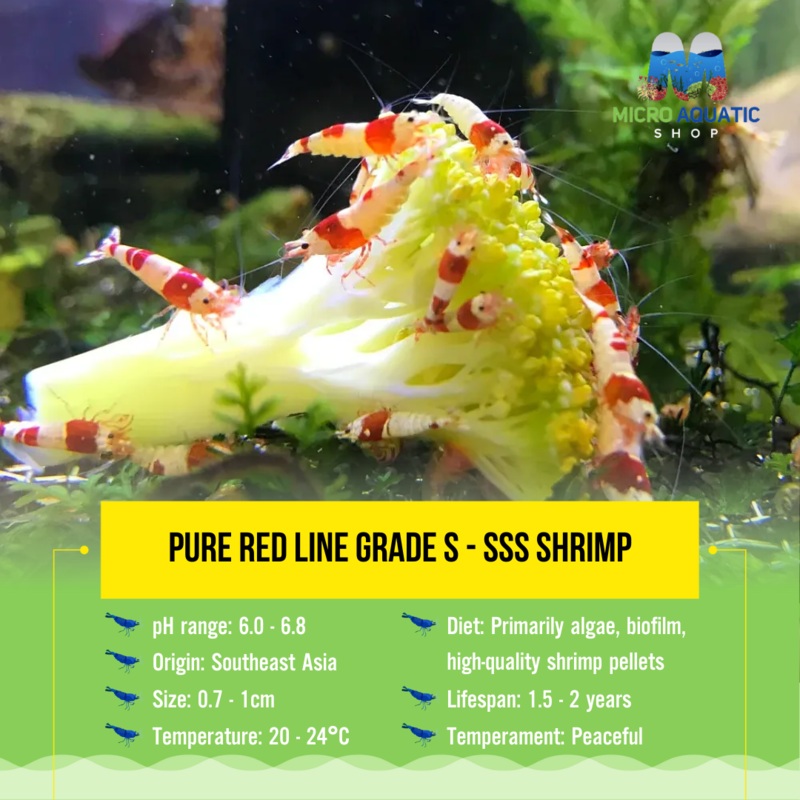
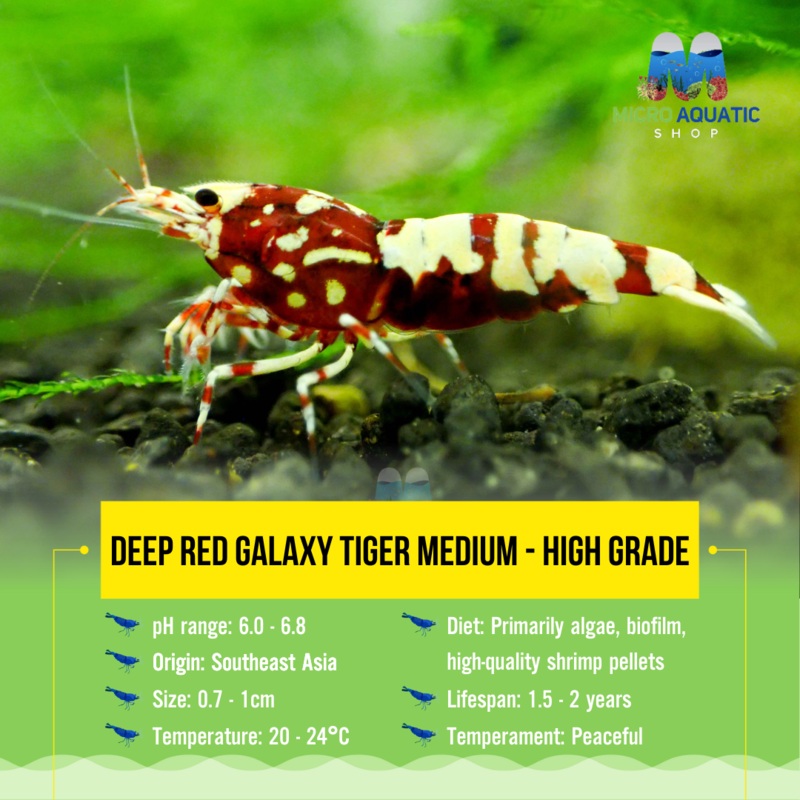
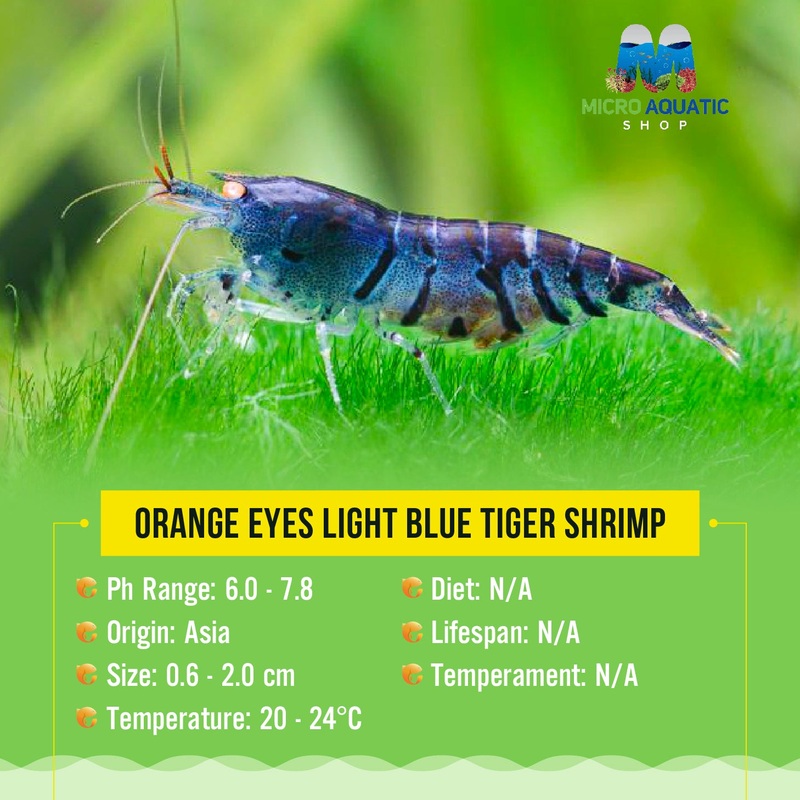
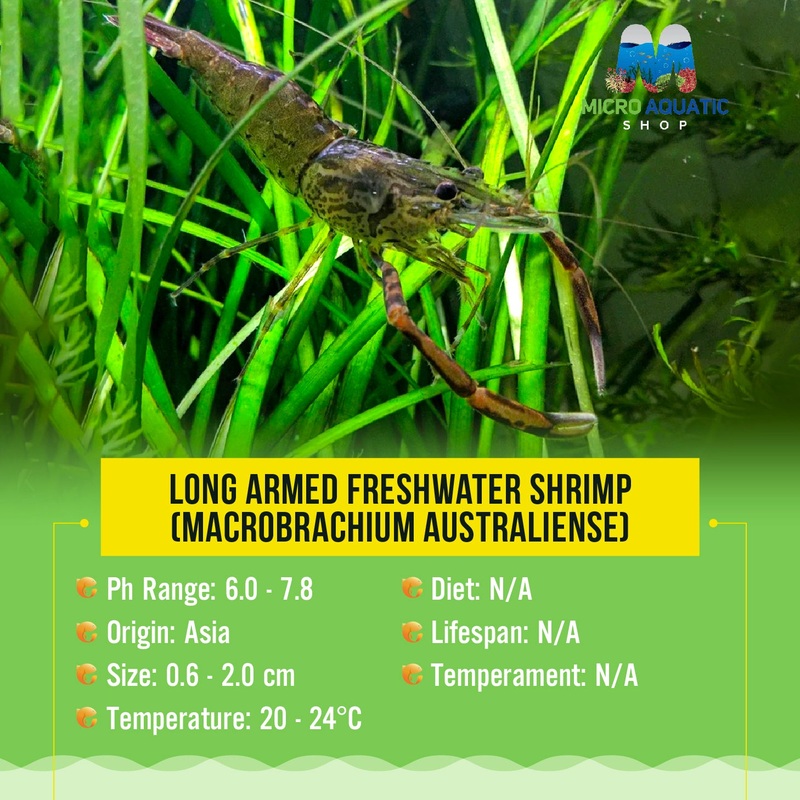
Reviews
There are no reviews yet.